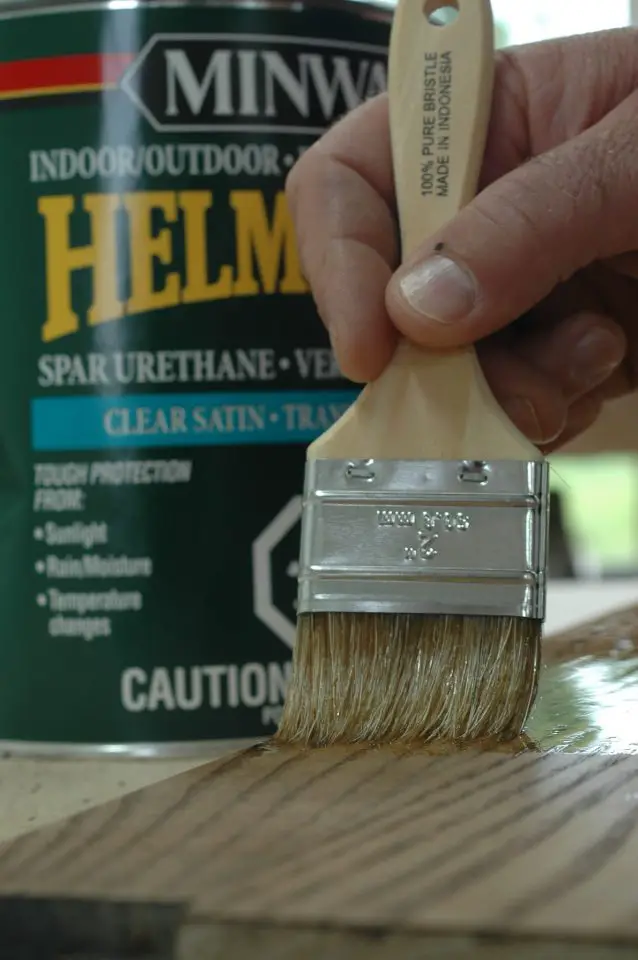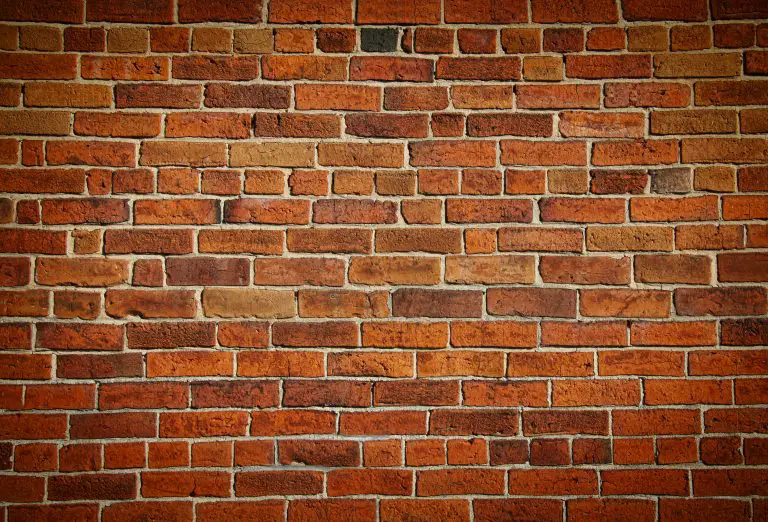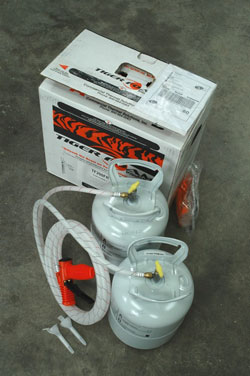
Question: Is it reasonable for me to strip and refinish the fiberglass exterior doors at my house? They face south and the old finish is in bad shape. I’ve been quoted $1000 to do this job (just refinishing, not even door replacement!), but I can’t afford it.
Answer: That’s a pretty big number for refinishing, but the good news is that stripping and refinishing is definitely something you can do yourself. The process is similar to working with a wood door, but with key differences you should know about.
The main difference compared with wood is that stripping fiberglass involves more gentle scraping and brushing and less sanding. Start work by removing the door and all hardware. You need to have your doors horizontal for best results. Don’t even attempt to refinish the door in place. When I’ve done work like this I cut a piece of plywood to cover the door opening, with a rope pushed through a couple of holes in the door and tied to a stick of wood that spans the opening at the back. The process of stripping and refinishing will take some time too, so you really will need to rig something up on your doorway if you don’t have a screen door or a retractable screen door to keep bugs out and maintain some ventilation.
Apply a mild paint stripper to a small, inconspicuous place to make sure that it doesn’t hurt the fiberglass. There will probably be no issues, but the stakes are high so proceed with caution. A product called Citristrip is a citrus-based paint stripper that should not harm your door. Test to make sure.
Apply the stripper, let it sit for 20 minutes, then use a plastic scraper (not metal) to peel off as much of the old finish as possible. If your door has nooks and crannies from various decorative panels that may be part of the design, use a toothbrush to remove the old finish in close quarters. You’ll probably have to apply, scrape and brush at least twice. Perhaps even three or four times. When the old finish is completely gone, use a shop vac or leaf blower to remove all remaining dust, then apply a gel stain with a foam brush. Since fiberglass isn’t absorbent like wood, you’ll need to be careful to apply an even coat of stain. Let the stain dry for a couple of days, then apply two coats of exterior sealer. Helmsman spar varnish in the satin formulation has worked well for me.

In the photo above I’m applying it to wood, but it works just as well on fiberglass. As an alternative you could also apply spray paint to your door if you want a solid colour. The best spray paint for large areas that I’ve used is Rust-Oleum’s Turbo version. It comes in big cans and delivers a wide spray pattern. You can see it in action in the video below.
- Video Watch Time = 7 1/4 minutes












